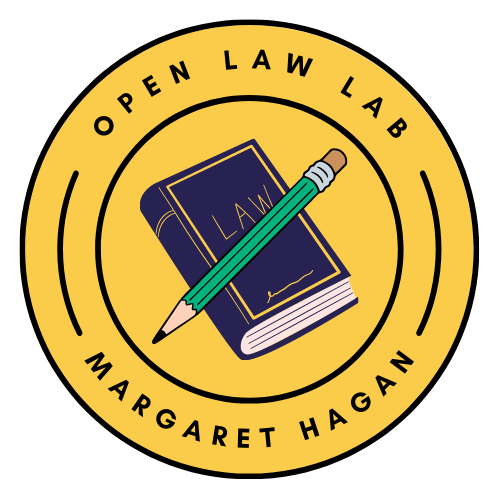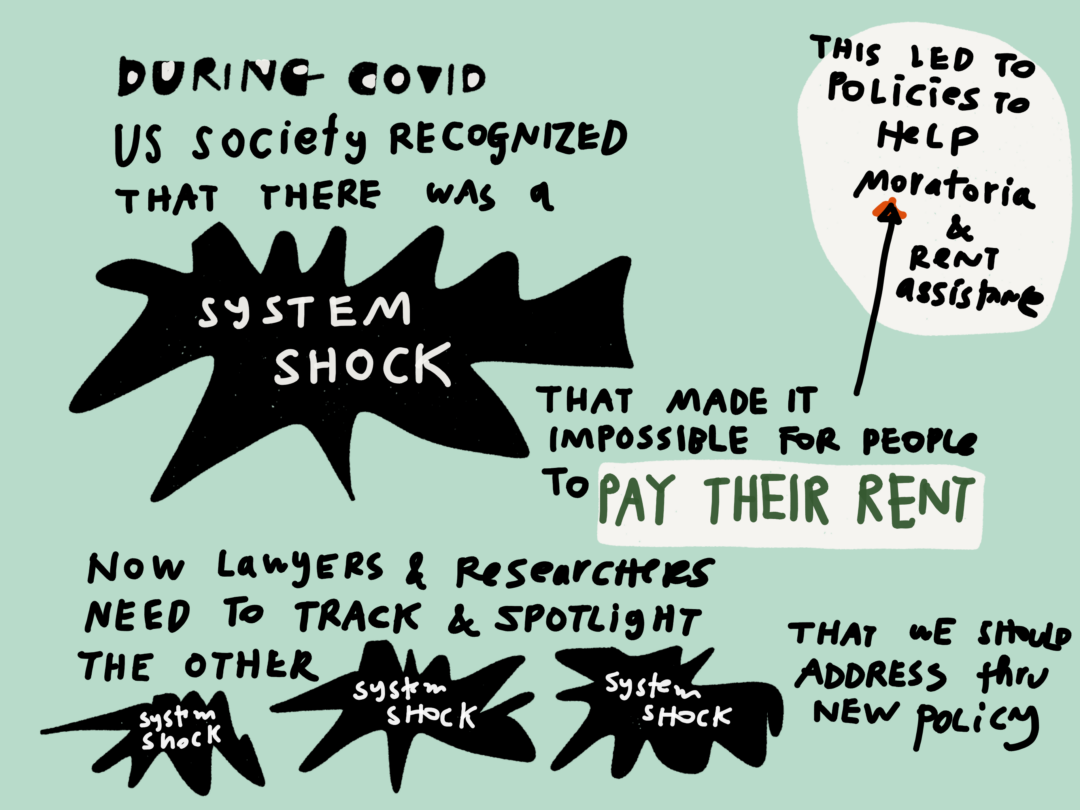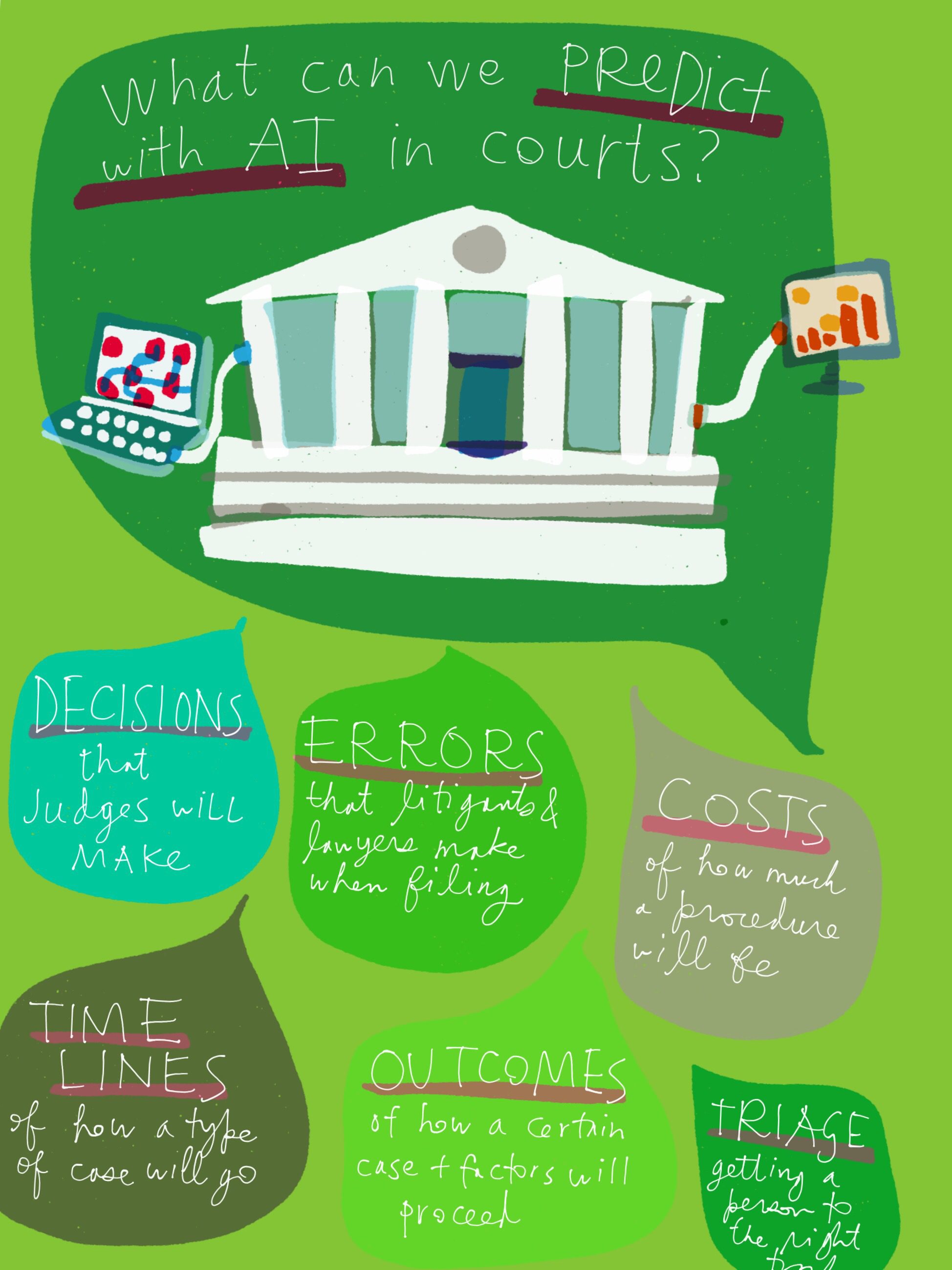
A USDOJ report on Law Schools’ Access to Justice programs:meaning, what pro bono & public service offerings the schools have.
The report allows schools to present what offerings they have, but it is a more a spotlight on programs, and less a detailed or critical summary of what’s working & what’s not.
Overall, it’s a nice school-by-school summary, but still a little too short and self-reported to be fully useful.
The description:
At the October 13 Champions of Change event, Stanford Law Professor Deborah Rhode noted that it is a “shameful irony that the country with the highest concentration of lawyers in the world does such an abysmal job of ensuring that they are available for the vast majority of low-income people who need them, and whose needs are greatest.” When millions of people in the United States cannot get legal help that is often critical to their wellbeing and freedom, all parts of the legal profession need to be engaged to address the crisis. There is no better place to begin than when future lawyers are at the very start of their careers – when they are still in law school.
Champion Martha Bergmark, President of the Mississippi Center for Justice, noted with some envy that when she was in law school, clinics were only just beginning. But as most Champions observed on October 13, times have changed and law schools now offer a wide range of opportunities for students to learn about legal issues involving poverty and equal justice, and get hands-on experience helping victims of domestic violence, or people with a criminal record get a second chance, or provide defender services for Native Americans.
What are law schools really offering? The U.S. Department of Justice Access to Justice Initiative asked participating law schools to discuss how they are institutionalizing their commitment to pro bono and public service. They were asked to address two questions: 1) What is your school doing to support a public service ethic in every student?; and 2) What new public service opportunities are you offering in the 2011-12 academic year?



